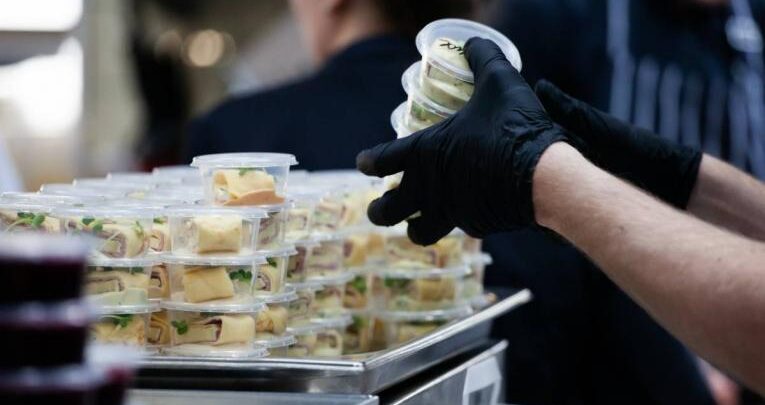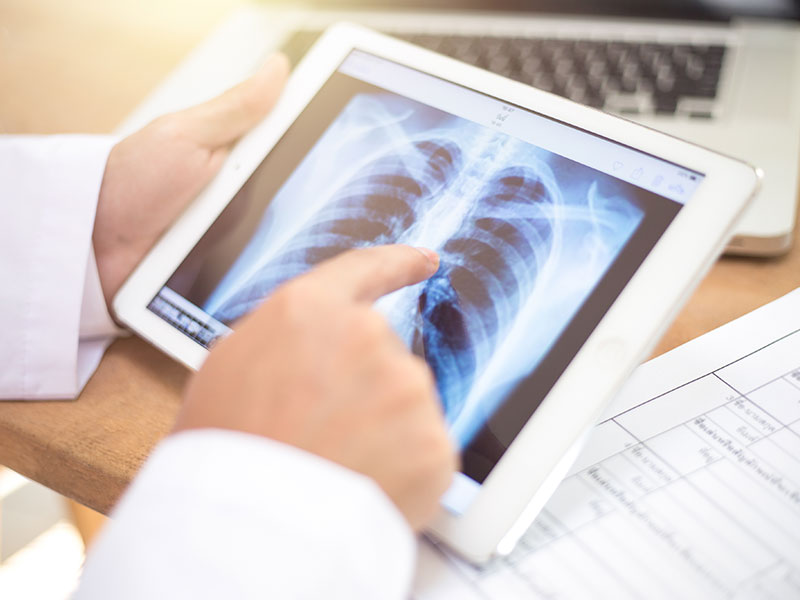A Complete Guideline For Food Safety and Hygiene

People are often affected by diseases caused by unclean food. Infectious and toxic substances can cause foodborne illness. Severe food poisoning can be fatal. Therefore, it is imperative to handle food hygienically to promote good health and wellness.
What is food safety?
Food safety is often referred to as food hygiene. It refers to the process of handling, preparing, and storing food items to keep them safe from unintentional poisoning. Proper sanitation prevents foodborne illnesses such as Salmonella and Listeria.
Typically, the food poisoning industry observes stringent practices to enhance health and wellness. Food safety includes;
- Food handling
- Pesticide residue
- Food additives
- Food labeling
Anyone in the food industry can enroll for an SQF practitioner training to learn the acceptable practices. Training educates people about practical ways of protecting food from contamination and poisoning. Food hygiene involves simple methods and succeeds when food handlers are keen on every detail of their art. This read will equip every food handler with essential hygiene practice.
Effective Food Handling Guidelines
- Consume processed foods
Food items are consumed in various forms and states. For instance, fruits are eaten in their natural form from the tree. Therefore, as long as the fruit is not stale, it is advisable to eat it while still fresh and firm to touch.
On the other hand, some foods are best when processed. Milk from the farm is prone to bacteria and other harmful organisms. It is advisable to use pasteurized milk rather than raw to prevent the possibility of food poisoning. It is always critical to consider other processed food items because they improve safety, guarantee hygiene.
- Cook food thoroughly
Apart from fruits, vegetables can also be eaten raw. Some dishes are served with raw vegetables such as carrots, beetroot, turnip, and others. These foods can also be cooked. It is imperative to allow food to cook thoroughly and ensure you do not overcook.
Different foods cook at varying temperature ranges. Overcooked foods lose taste, texture, and nutritional value. Cook all your foods thoroughly to ensure all microorganisms are destroyed. You can invest in a food thermometer to help you determine that your meals cook at optimum temperature. Today, there are cooking pots with a sensor attached to the lid.
- Eat the food immediately it’s ready
Immediately a dish is set out of the fire and set aside, micro-organisms start invading it. Cooked food is best served and eaten immediately and not longer than 2 hours.
Micro-organisms, germs, and foodborne pathogens multiply when cooked food is left unpreserved for more than two hours. Alternatively, keep it in the appropriate fridge compartment.
- Proper food storage
Store all cooked foods in the fridge. Typically, the low temperatures in the refrigerator discourage the multiplication of bacteria and microorganisms. Always set your refrigerator at 3 or 4 degrees Celcius.
Ensure you do not refrigerate large portions of cooked food in one compartment because they take a time long to cool. All the foods should cool or freeze to the core to ensure proper preservation. If the temperatures are uneven, microorganisms begin to multiply from the inside out. Eating cooked foods that have not been well preserved can cause poisoning or illness.
- Reheat cooked foods
As earlier mentioned, all cooked foods should be eaten hot and within the first two hours. However, if one has to eat the food later, it must be reheated thoroughly to kill all bacteria that may have started growing. Reheat food to reach 75 degrees because the extreme temperature reaches the core of the food content.
- Avoid contamination between cooked and raw food
Avoid any contact between cooked and raw food items. Often contact between cooked and uncooked food occurs during preparation. For instance, using a chopping board to prepare meat and then dicing vegetables can cause cross-contamination.
You can train your cooks to use different chopping boards for meat products and vegetables. Color-code your chopping boards to facilitate identification and differentiation. Additionally, there should be specific knives for vegetables and a different kind for meat products. The slightest transfer of raw food to cooked food can be dangerous.
- Wash hands often
Your hands can potentially carry thousands of micro-organisms that have diseases. Therefore, all food handlers should routinely wash hands before, during, and in-between preparation. Frequent and thorough cleaning of the hands reduces the chance of germs transferring from the hands to the food.
Alternately, you can use a professional hand sanitizer. However, warm running water is readily available in the kitchen and is the best option.
- Clean working surfaces
Kitchen working surfaces should always be clean to prevent bacterial multiplication. Dirty surfaces become a breeding place for disease-causing micro-organisms. Germs can also contaminate food if the surrounding is dirty.
Therefore, clean utensils, equipment, and working tables are cleaned and sanitized. You can have a daily, weekly, and monthly general cleaning of the kitchen. For instance, you should clean working surfaces and utensils daily while equipment and storage areas can be tidied weekly. Repaint walls and re-carpet floors annually.
- Keep rodents and pests away
Pests and rodents can contaminate your food, rendering it unsafe for human consumption. Keeping all food items in good storage places is imperative to prevent entry. Store food far from insects and rodents. You can also keep food in closed containers.
If your kitchen is pest-infested, you can use safe pesticides to kill them. Ensure the pesticide package reads safe for use in your circumstance. Keeping all food items in good storage places is imperative to prevent entry.
- Always use clean water
Ensure there is a constant supply of clean water running in the kitchen. Clean water is needed to clean the hands, prepare food and wash vegetables and fruits.
Take away
Safe food practice is a critical element that ensures wellness for all consumers. Food contamination can occur anywhere along the production line, farm to fork. Food safety aims to keep food products in the most appropriate environment, process, prepare and eat it in their cleanest form.






